Australia to cull more than a million kangaroos this year
Official statistics show that more than 1.5 million kangaroos were killed in 2015
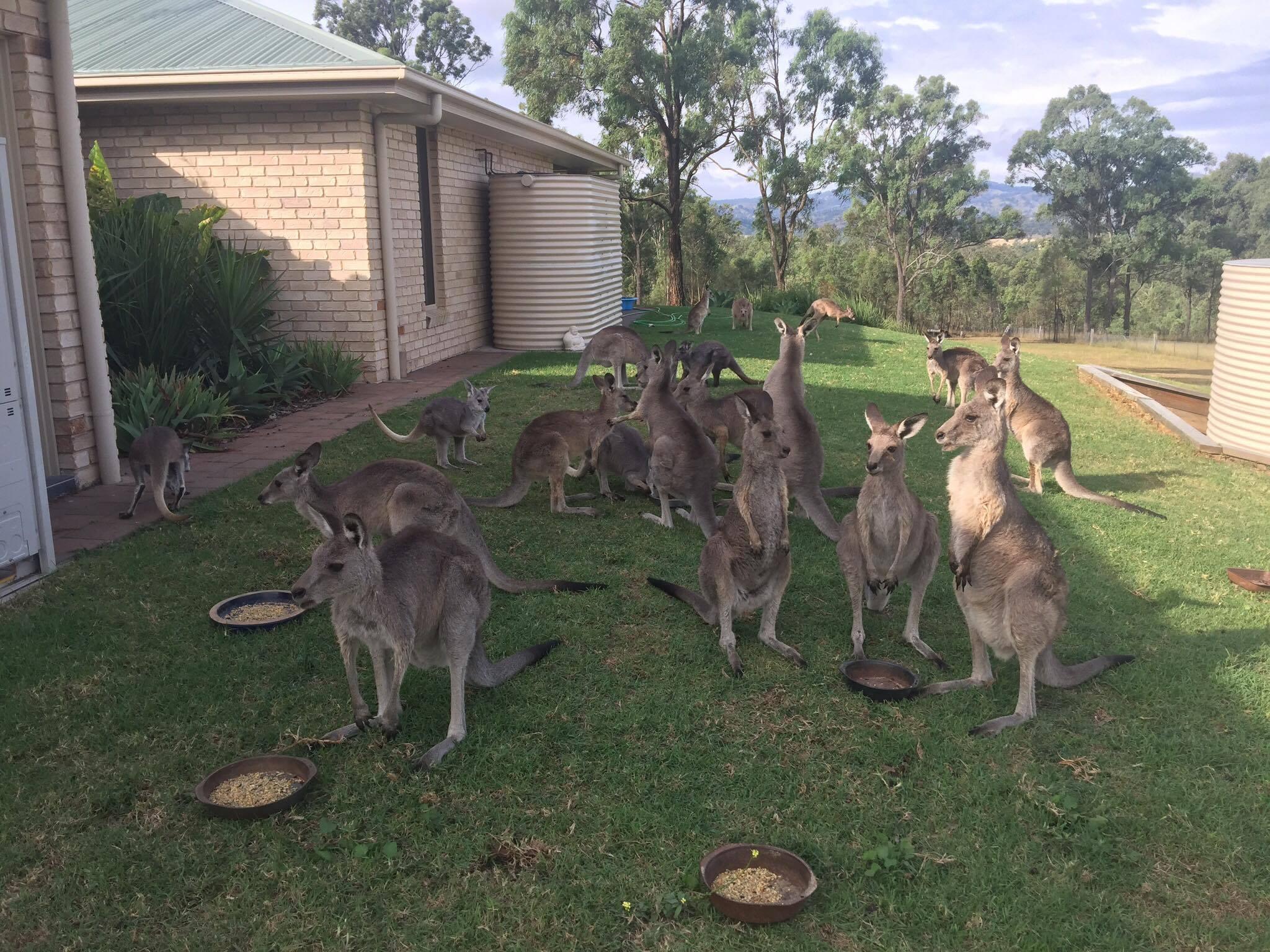
Your support helps us to tell the story
From reproductive rights to climate change to Big Tech, The Independent is on the ground when the story is developing. Whether it's investigating the financials of Elon Musk's pro-Trump PAC or producing our latest documentary, 'The A Word', which shines a light on the American women fighting for reproductive rights, we know how important it is to parse out the facts from the messaging.
At such a critical moment in US history, we need reporters on the ground. Your donation allows us to keep sending journalists to speak to both sides of the story.
The Independent is trusted by Americans across the entire political spectrum. And unlike many other quality news outlets, we choose not to lock Americans out of our reporting and analysis with paywalls. We believe quality journalism should be available to everyone, paid for by those who can afford it.
Your support makes all the difference.More than a million kangaroos are expected to be killed in Australia this year as the country launches a mass cull of the creatures in an effort to protect endangered grasslands and wildlife.
Wildlife groups have criticised the plans and warned that the illegal killing of the creatures by farmers and hunters, combined with the government-sanctioned cull, could see their numbers rapidly deplete.
An Office of Environment and Heritage spokesperson for the New South Wales government insisted the quotas were “sustainable in the long term”.
But Brad Smith, secretary of the Upper Hunter Valley Wildlife Aid group, told The Independent that he feared kangaroos could soon become extinct if the level of culling continues.
“If you take into account the numbers of kangaroos shot each year and the numbers hit and killed by cars, it’s running into millions and millions per year," he said.
Australia’s national parks allocate “tags” to property owners who wish to cull kangaroos on their land, which they are then required to attach to any kangaroo they shoot as a way to mark that it was a legal kangaroo shooting.
But this doesn’t happen often enough, said Mr Smith, who has been running the group from his home in southern Australia for 10 years.
“A person who wants ’roos culled from their property has to contact the national parks, who will then give them a tag for every kangaroo they are allowed to shoot. But that very rarely happens, not nearly enough,” he added.
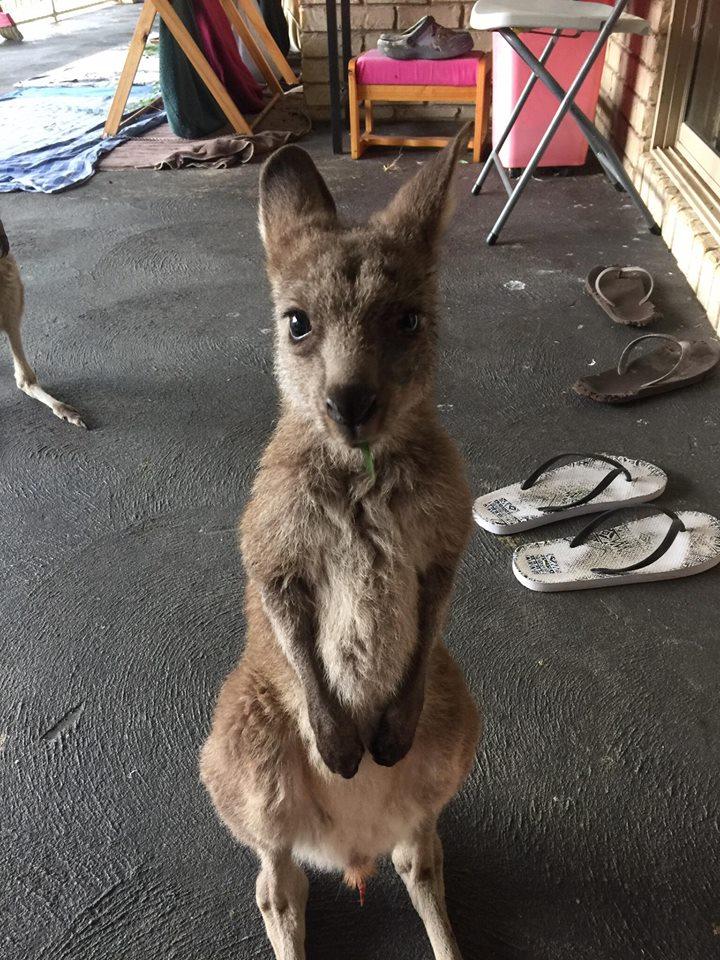
“Often farmers will just shoot them for their dogs to eat. It’s illegal but if it’s on a farmer’s property, who’s going to see it? You’ve got all sorts of people who just go out and shoot away, killing as many as they can.”
Upper Hunter Valley Wildlife Aid works specifically to rescue and rehabilitate injured or orphaned kangaroos and other animals, and Mr Smith and his wife are currently caring for 13 joeys in their home.
The group rescues around 160 orphaned joeys each year and receives around 2,000 calls during that time from people who have found the young creatures in need of rescuing.
Mr Smith explained that they are rescued in “all sorts of situations”, including where their mothers have been hit by cars and caught in fences — as well as after they have been shot dead.
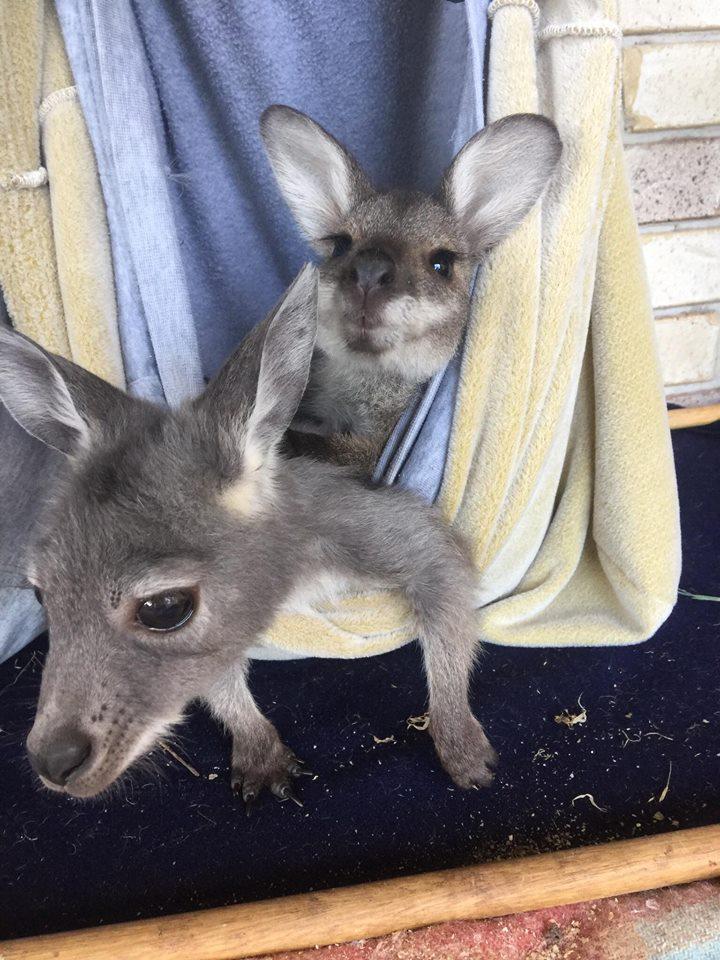
“When they shoot a kangaroo they either leave the joey in the pouch to die — where it will eventually starve, freeze, cook or get eaten by some sort of predator — or they just grab the animal by the ankles and smash its head on a rock or a tree,” he said.
“That is classed by the national parks as the humane way to kill a joey: blunt force trauma to the head. And joeys don’t even count in the numbers that are allowed to be killed.”
Mr Smith said he believed around 60 per cent of joeys born in Australia today do not reach adulthood, with most deaths caused by human actions.
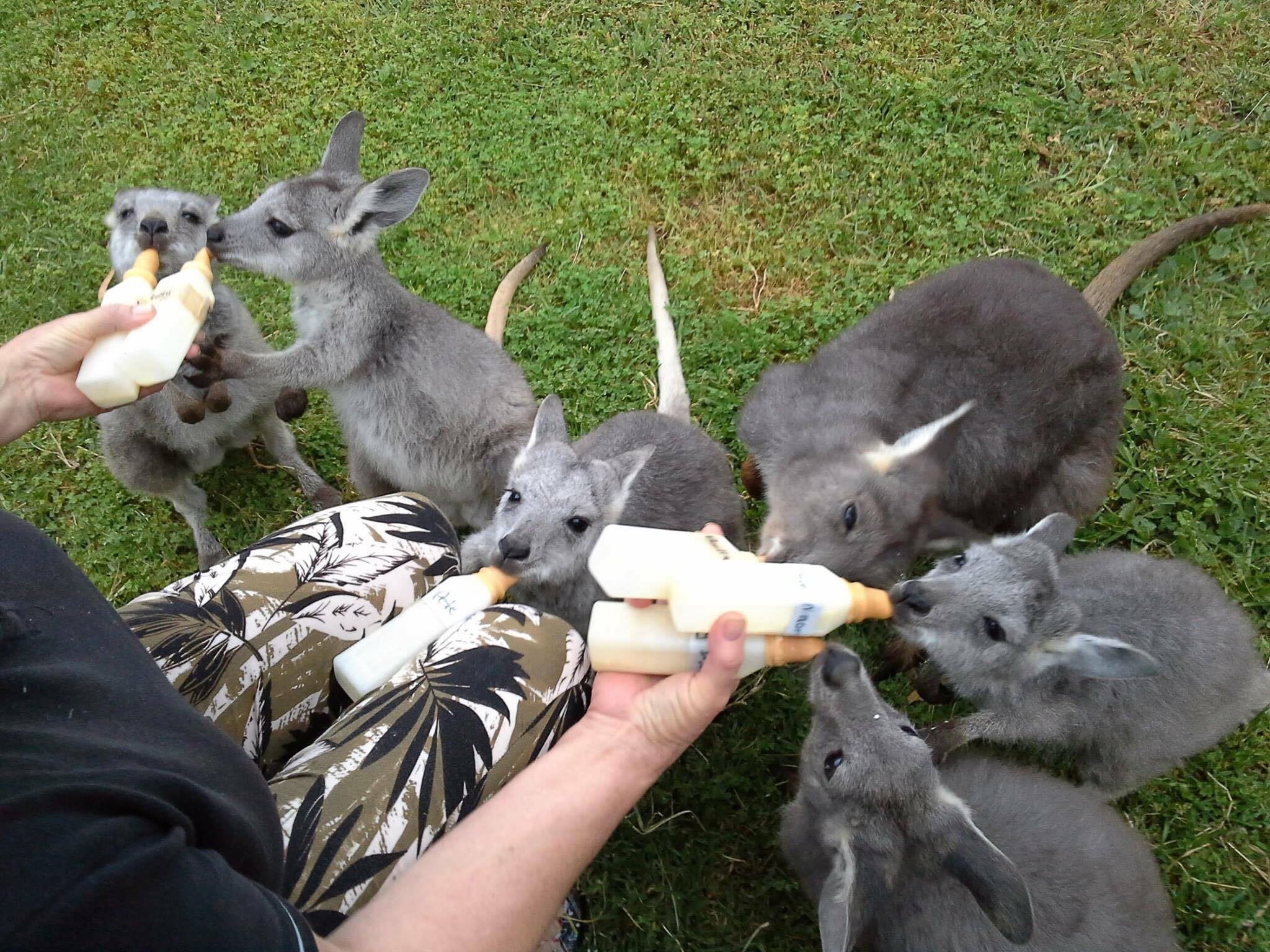
Official statistics show that more than 1.5 million kangaroos were killed in 2015, and while the figures for 2016 are not yet available, it is estimated to be in a similar region. But Mr Smith believes the true numbers are higher.
“There are official stats, but they don’t know the full number killed each year because it’s so often done illegally,” he told The Independent.
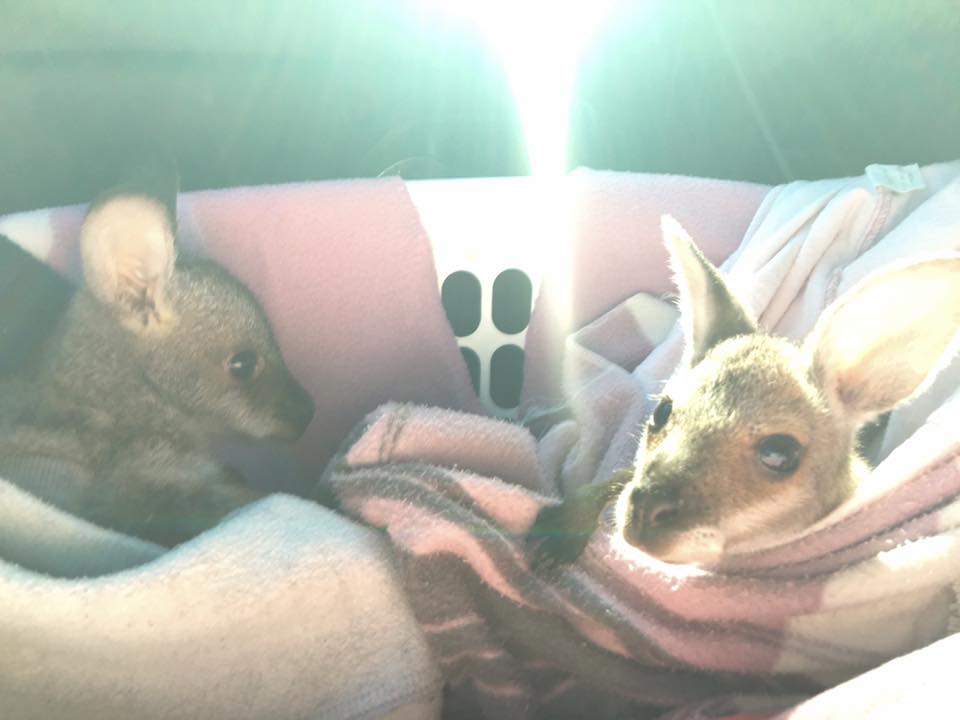
“I know that in some parts of the country kangaroos are in plague proportions, while in other parts of the country they aren’t. But this doesn’t stop shooters shooting.
“Who knows what’s going to happen in the future? They may become extinct. They do breed like flies, but as I said only 40 per cent get to adulthood, and as populations in towns grow, the kangaroos are also losing their habitat, which is only putting them at more risk of being killed.”
Join our commenting forum
Join thought-provoking conversations, follow other Independent readers and see their replies
Comments